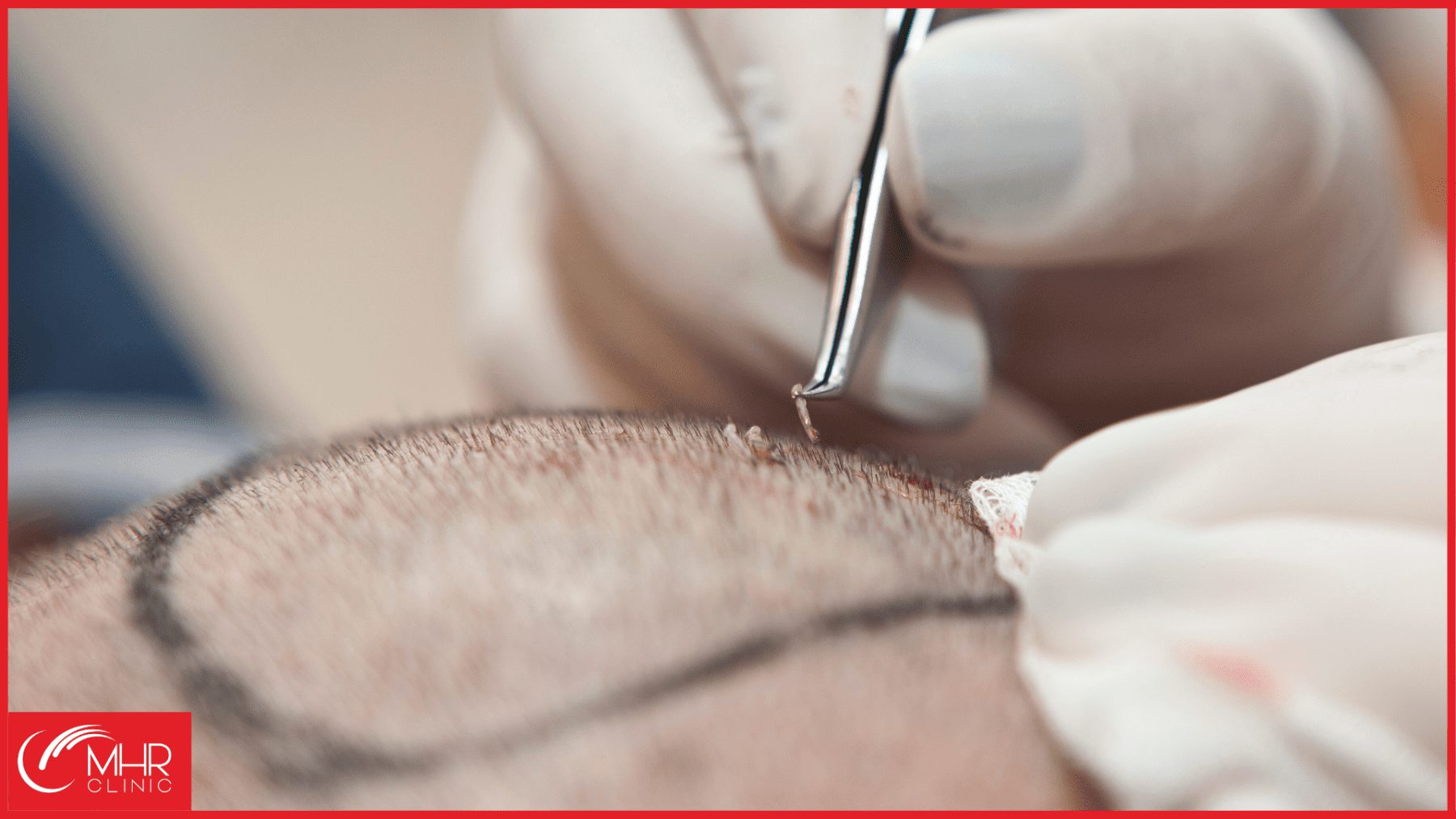
Hair transplant donor area | Everything you need to know.
Hair transplant surgery is a popular and effective way for people to regain a full head of hair. One of the most important aspects of the procedure is the donor area, which is the area of the scalp where the hair follicles are taken from to be transplanted to the recipient area. In this blog post, we will discuss the importance of the donor area in hair transplant surgery and the different methods used to obtain the hair follicles.
Where is the donor area l located?
The donor area is typically located at the back of the head, in the occipital region. This area is considered to be the best source of hair follicles for transplantation because the hair in this area is resistant to the effects of androgenetic alopecia, also known as male or female pattern baldness. This means that the hair in the donor area is less likely to fall out or become thin over time, making it an ideal source for transplantation.
How do you take hair from the donor area?
There are several methods used to obtain hair follicles from the donor area for transplantation. The most common method is called Follicular Unit Transplantation (FUT), also known as the strip method. In this method, a strip of skin is removed from the donor area, and the hair follicles are then extracted from the strip and transplanted to the recipient area.
Another method used is Follicular Unit Extraction (FUE). In this method, individual hair follicles are extracted from the donor area using a small punch instrument. These follicles are then transplanted to the recipient area.
Both methods have their own advantages and disadvantages. FUT is a more invasive procedure and requires a larger incision, but it allows for the extraction of a larger number of hair follicles in one session. FUE is less invasive and requires only small puncture wounds, but it is a more time-consuming process and may not be able to extract as many hair follicles in one session.
The choice of which method to use will depend on the individual patient’s needs and goals. The surgeon will consider factors such as the patient’s hair type, the amount of hair needed, and the patient’s desired outcome.
Here are some key takeaways:
- The donor area is located at the back of the head, in the occipital region.
- The hair in the donor area is resistant to the effects of androgenetic alopecia.
- Follicular Unit Transplantation (FUT) and Follicular Unit Extraction (FUE) are the two most common methods for obtaining hair follicles from the donor area for transplantation.
- The choice of which method to use will depend on the individual patient’s needs and goals.
In conclusion, the donor area is a crucial aspect of hair transplant surgery. Understanding the different methods used to obtain hair follicles from the donor area and the factors that determine which method is best for the individual patient can help ensure a successful and satisfying outcome. If you’re considering a hair transplant, it’s important to have a consultation with a qualified and experienced hair transplant surgeon to determine the best plan for you.
MHR Clinic uses highly skilled, experienced and dedicated surgeons, who are members of ISHSR (International Society of Hair Restoration Surgery), the General Medical Council and who are accredited by other important medical and surgical bodies.
If you want to understand more about hair transplant processes, our knowledgeable consultants are happy and waiting to help you. Telephone 01565 745 344 or contact MHR Clinic through this contact page.
